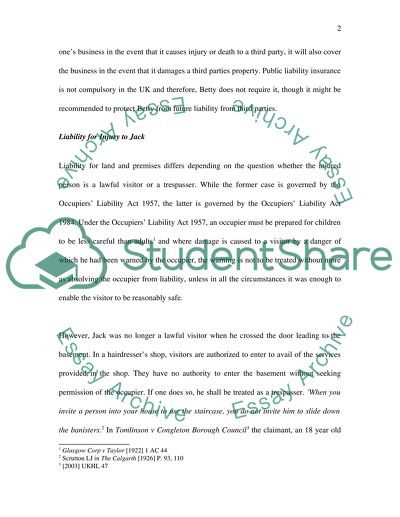Cite this document
(Employee and Public Liability Insurance Case Study Example | Topics and Well Written Essays - 1500 words, n.d.)
Employee and Public Liability Insurance Case Study Example | Topics and Well Written Essays - 1500 words. https://studentshare.org/law/1535939-tort
Employee and Public Liability Insurance Case Study Example | Topics and Well Written Essays - 1500 words. https://studentshare.org/law/1535939-tort
(Employee and Public Liability Insurance Case Study Example | Topics and Well Written Essays - 1500 Words)
Employee and Public Liability Insurance Case Study Example | Topics and Well Written Essays - 1500 Words. https://studentshare.org/law/1535939-tort.
Employee and Public Liability Insurance Case Study Example | Topics and Well Written Essays - 1500 Words. https://studentshare.org/law/1535939-tort.
“Employee and Public Liability Insurance Case Study Example | Topics and Well Written Essays - 1500 Words”. https://studentshare.org/law/1535939-tort.


